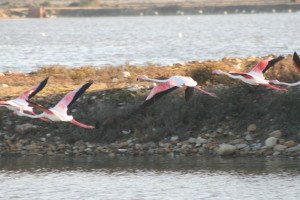Aplon a feisty little ʼun able to produce moments of magic 0
Gio Aplon may be only 1.75 metres tall and weigh just 78kg but he is a feisty individual who is able to produce moments of magic on the rugby field, often enough to convince a famous ‘sizeist’ like Jake White to sign him for the Bulls.
While White was Springbok coach between 2004 and 2007 he made no secret of his belief that a good big ʼun was always better than a good little ʼun, but it seems Aplon first convinced the resolute coach of his merits while playing for Grenoble in France between 2014 and 2017, when White was coaching Montpellier.
When The Cistuses and White split ways not entirely amicably, the coach went to mentor Verblitz in Japan, and signed Aplon early on in his stint.
And now that White has been appointed director of rugby at the Bulls, he has once again brought Aplon with him. The Pretoria-based franchise announced on Wednesday that Aplon will join the team from June or as soon as he is able to travel back to South Africa, saying in their statement that he “epitomised the phrase ‘size doesn’t matter’ with his explosive speed and nimble feet allowing him to score tries from almost anywhere on the field, taking on the biggest and the best the game had to offer”.
Aplon has played 17 Tests for the Springboks, scoring five tries. But his last appearance for South Africa was back in late 2012, although he was part of Rassie Erasmus’s training group in 2018, without making a match-day squad.
The Bulls have developed something of a penchant for bringing veteran players to Loftus Versfeld, from Victor Matfield to Adriaan Strauss, Duane Vermeulen and Schalk Brits, and Aplon continues the trend as he is 37 years old.
Aplon spoke of his respect for the Bulls and what the brand has achieved in the statement, while he has previously spoken of how much he enjoys playing under White.
“The Springboks won the 2007 World Cup because he is such a fantastic coach. System-wise he is exceptional, he has implemented a good programme. He isn’t just there to fill up the post as head coach, he is there with the purpose of making Verblitz better and, as players, we feed off that. Jake is a serial winner and to be coached by him was one of the reasons I went to Japan,” Aplon told SA Rugby Mag.
Cheslin Kolbe, who is even smaller at 1.71 metres and 74kg, has made a massive impact with the Springboks and White will be hoping Aplon, although 11 years older, will prove of similar benefit to the Bulls while also serving as a mentor.
